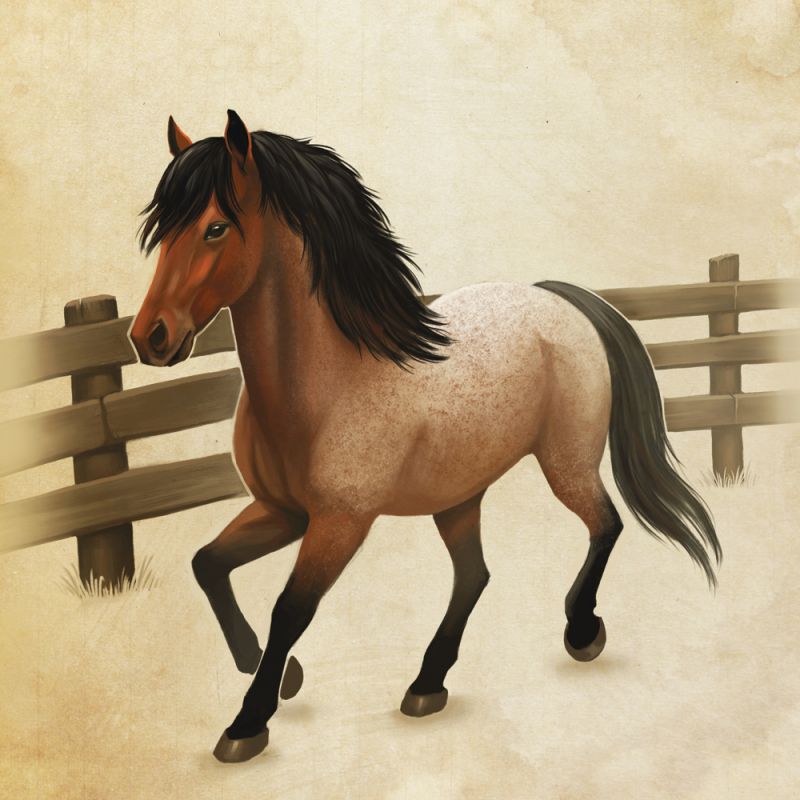
Sea Island Steed
Though small, standing between 13 and 15 hands high (or 4.3 to five feet), marsh tackies are strong. In the Sea Island Gullah community, they were integral to agricultural life, providing the everyday horsepower needed for riding, pulling, and plowing—even delivering mail. Only with the advent of the automobile and tractors did their usefulness began to ebb, as did their numbers.
Historic Bloodline
While these animals have adapted to the coastal environment over the last 400 years, due to the relative isolation of the Sea Islands, their genetic ties to the original colonial Spanish horses remain relatively pure. In 2006, researchers took DNA samples from nearly 100 tackies in an attempt to better understand how they are also related to other early colonial strains such as the Florida cracker and Spanish mustang.
Uncommon Competence
The name “tacky” comes from the English slang for “cheap” or “common,” and for centuries the marsh tacky was the horse most often found along the South Carolina and Georgia coasts. Indeed, its built-in “woods sense,” or ability to negotiate water and swampy areas without panicking or getting stuck in the mud, makes it quite the uncommon horse.
Swamp Foxes
During the American Revolution, the marsh tacky’s sure-footedness in rough terrain made it a favored mount for the “Swamp Fox,” General Francis Marion. They carried his Partisan Rangers into areas impassable to the British horses and outfoxed the foes by disappearing into the murky recesses of Lowcountry swamps.
Join in the tradition
The Carolina Marsh Tacky Association holds events including the July 2 All Breeds Fun Show in Lexington, South Carolina. Find details at marshtacky.info, which also showcases horses for sale and includes stallion and breeder directories.
Visit the horses at a South Carolina farm via an SCETV video: